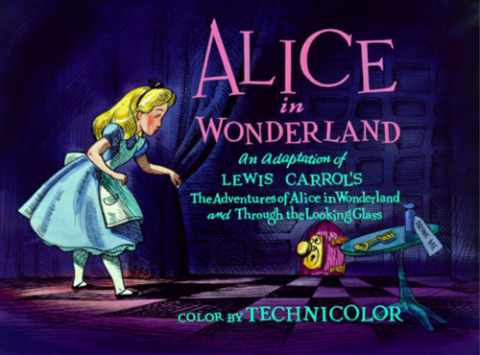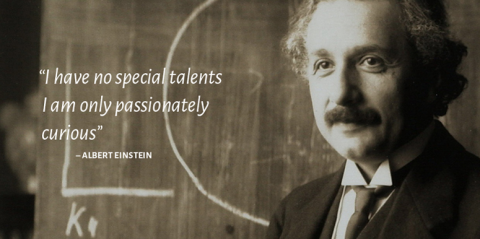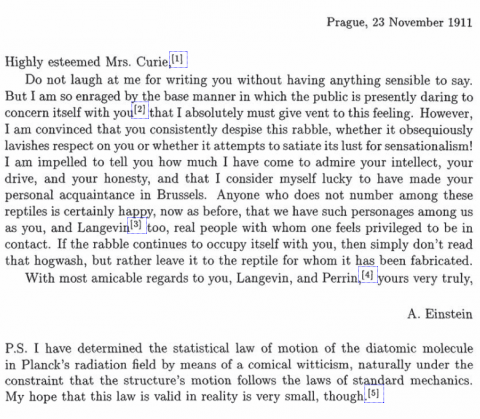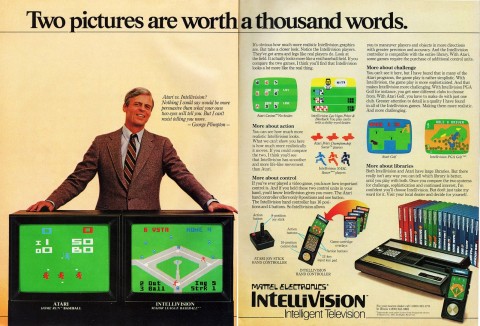In July of 1972, boxer Muhammad Ali traveled to Dublin to fight Alvin ‘Blue’ Lewis, an ex-con from Detroit. In the days leading up to the bout, he amused himself by busting on Fight of the Century victor Smokin’ Joe Frazier from afar, referring to him on live television as a “tramp” and a “slave” who lived on a “chicken plantation.”
It was a career defining encounter for interviewer Cathal O’Shannon, who praised Ali’s deftness in that area and noted that the champ said things “he would not have been able to say in America.”
It’s doubtful that O’Shannon was referring to the name calling, part of Ali’s campaign to draw Frazier back into the ring. (The champ got his wish less than two years later, when he defeated Frazier at Madison Square Garden in the second of their three fights.)
What’s more likely is that O’Shannon was alluding to the original poem Ali recites from memory, one minute into clip above, after orienting Irish viewers to the previous fall’s Attica Prison uprising, still the deadliest in U.S. history.
Ali imagines himself in the shoes of a black prisoner, responding to the white warden issuing a final ultimatum. His reply, which could be taken as a call to arms , but which Ali touchingly calls a “poetic poem,” takes the form of a dozen tercets:
Better far from all I see
To die fighting to be free
What more fitting end could be?
Better surely than in some bed
Where in broken health I’m led
Lingering until I’m dead
Better than with prayers and pleas
Or in the clutch of some disease
Wasting slowly by degrees
Better than of heart attack
Or some dose of drug I lack
Let me die by being Black
Better far that I should go
Standing here against the foe
Is the sweeter death to know
Better than the bloody stain
On some highway where I’m lain
Torn by flying glass and pane
Better calling death to come
Than to die another dumb
Muted victim in the slum
Better than of this prison rot
If there’s any choice I’ve got
Kill me here on the spot
Better far my fight to wage
Now while my blood boils with rage
Lest it cool with ancient age
Better vowing for us to die
Than to Uncle Tom and try
Making peace just to live a lie
Better now that I say my sooth
I’m gonna die demanding truth
While I’m still akin to youth
Better now than later on
Now that fear of death is gone
Never mind another dawn.
The poem draws to a close with an inexpert but heartfelt sound effect.
The poet — whose maternal great-grandfather was born in County Clare — went on to knock out his opponent in the 11th round.
The trailer for the documentary, When Ali Came to Ireland, featuring Cathal O’Shannon, is below.
More poetry readings can be found in our collection of Free Audio Books.
Related Content:
Muhammad Ali Plans to Fight on Mars in Lost 1966 Interview
Malcolm X, Debating at Oxford, Quotes Shakespeare’s Hamlet (1964)
Mailer on the Ali-Foreman Classic
Ayun Halliday is an author, homeschooler, and Chief Primatologist of the East Village Inky zine. Follow her @AyunHalliday







